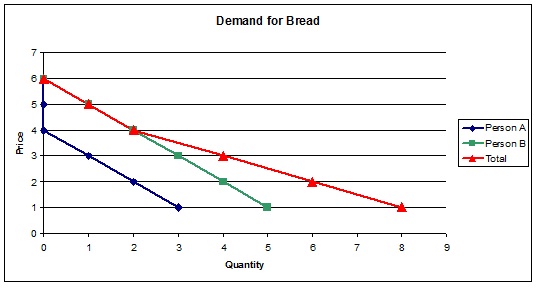Top Qs
Timeline
Chat
Perspective
Private good
Good which is excludable and rivalrous From Wikipedia, the free encyclopedia
Remove ads
A private good is defined in economics as "an item that yields positive benefits to people"[1] that is excludable, i.e. its owners can exercise private property rights, preventing those who have not paid for it from using the good or consuming its benefits;[2] and rivalrous, i.e. consumption by one necessarily prevents that of another. A private good, as an economic resource is scarce, which can cause competition for it.[3] The market demand curve for a private good is a horizontal summation of individual demand curves.[4]

Unlike public goods, such as clean air or national defense, private goods are less likely to have the free rider problem, in which a person benefits from a public good without contributing towards it. Assuming a private good is valued positively by everyone, the efficiency of obtaining the good is obstructed by its rivalry; that is simultaneous consumption of a rivalrous good is theoretically impossible. The feasibility of obtaining the good is made difficult by its excludability, which means that people have to pay for it to enjoy its benefits.[5]
One of the most common ways of looking at goods in the economy is by examining the level of competition in obtaining a given good, and the possibility of excluding its consumption; one cannot, for example, prevent another from enjoying a beautiful view in a public park, or clean air.[6]
Remove ads
Definition matrix
Example of a private good
An example of the private good is bread: bread eaten by a given person cannot be consumed by another (rivalry), and it is easy for a baker to refuse to trade a loaf (exclusive).
To illustrate the horizontal summation characteristic, assume there are only two people in this economy and that:
- Person A will purchase: 0 loaves of bread at $4, 1 loaf of bread at $3, 2 loaves of bread at $2, and 3 loaves of bread at $1
- Person B will purchase: 0 loaves of bread at $6, 1 loaf of bread at $5, 2 loaves of bread at $4, 3 loaves of bread at $3, 4 loaves of bread at $2, and 5 loaves of bread at $1
As a result, a new market demand curve can be derived with the following results:
Remove ads
References
Wikiwand - on
Seamless Wikipedia browsing. On steroids.
Remove ads

